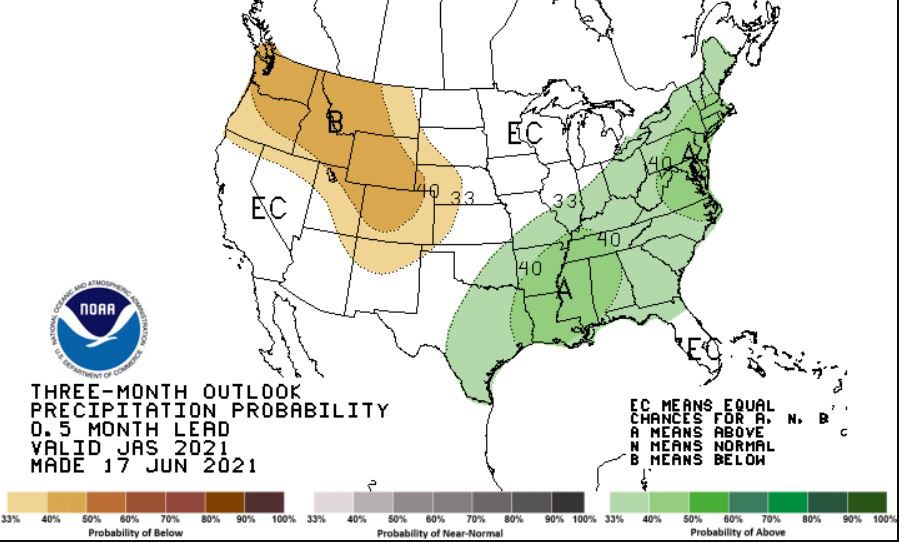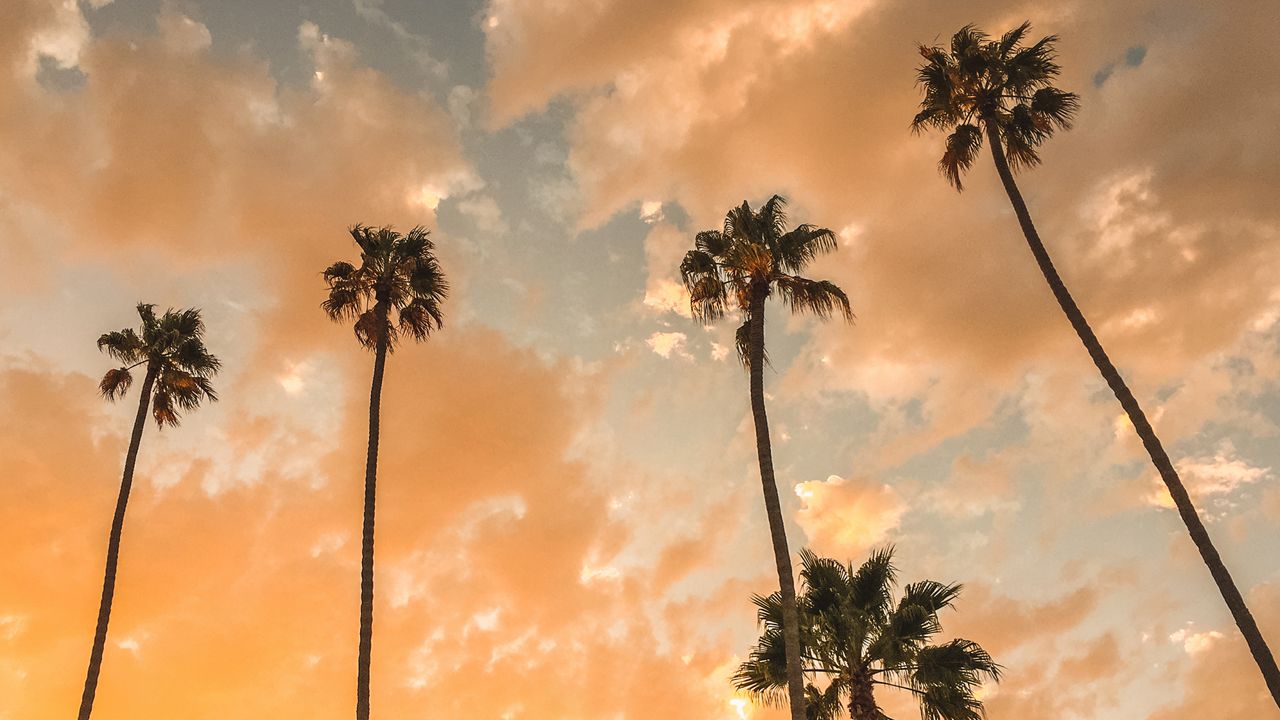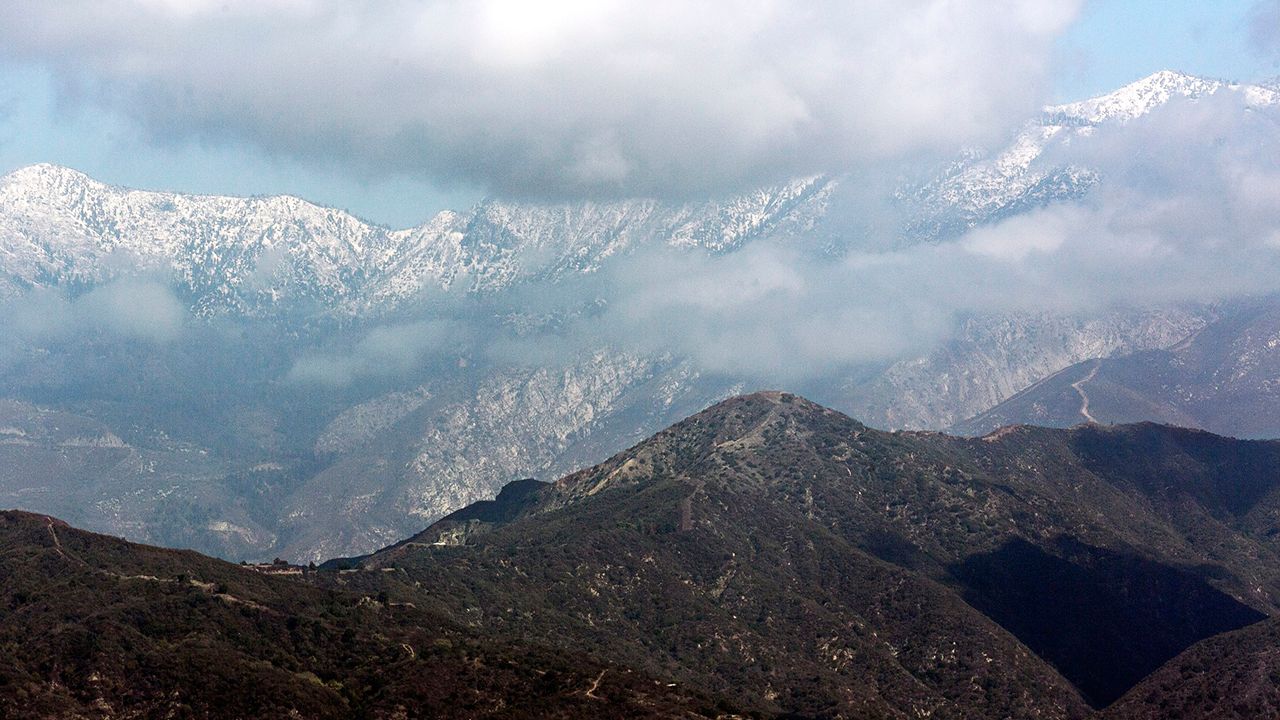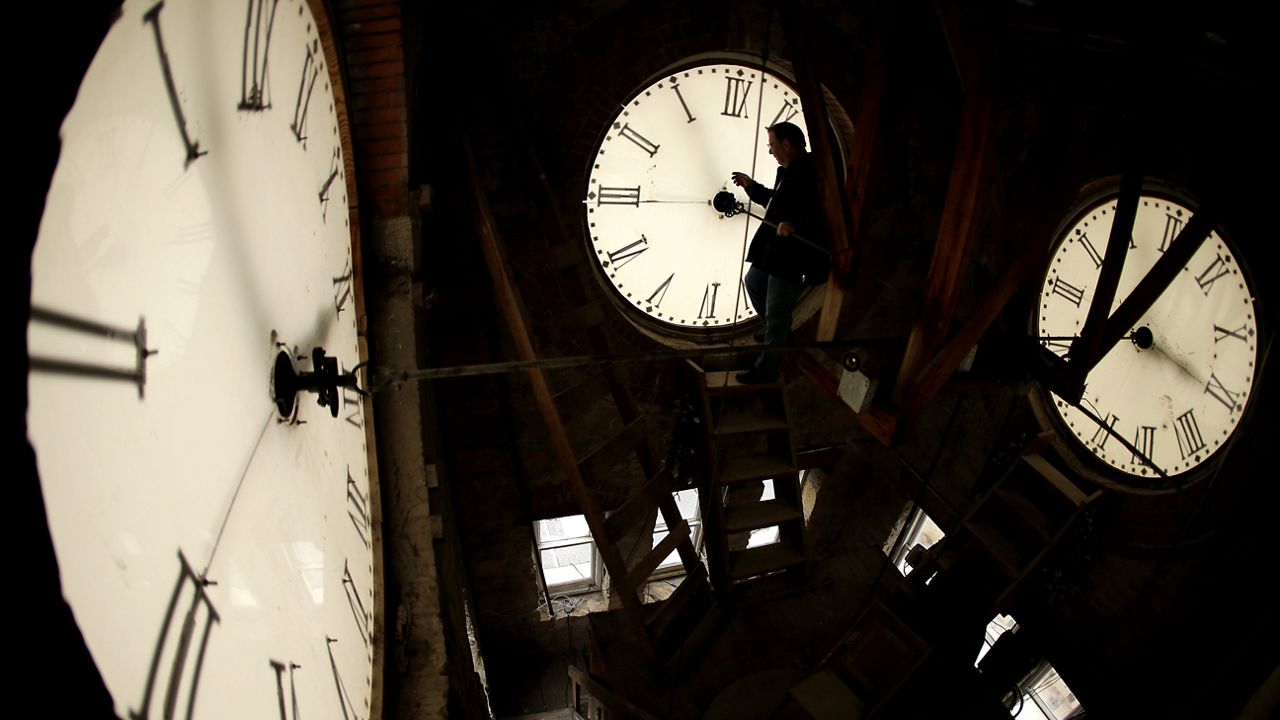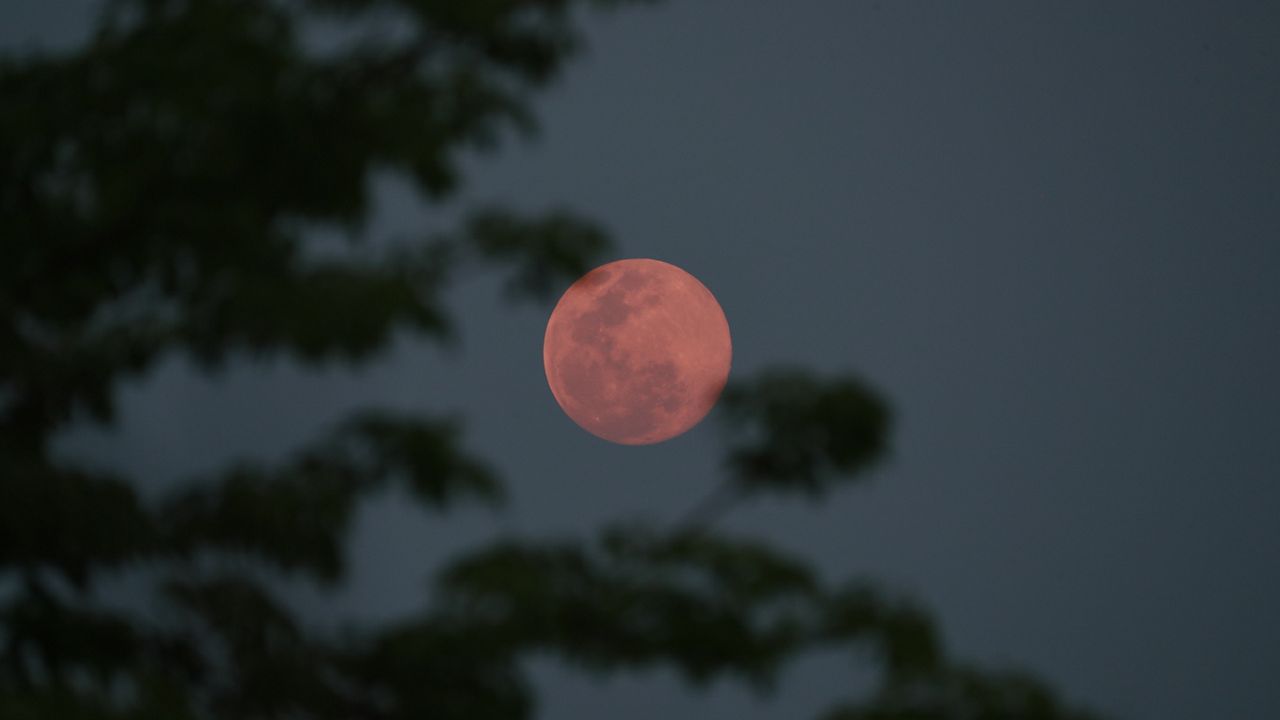It's been feeling like we've been in Florida instead of SoCal this week. You probably have noticed how muggy it's been and you may have seen some thunderstorms and lightning.
The dome of high pressure over the Southwest brought dry hot air especially at the beginning of the week. From midweek on, it started to feel a bit muggy and some thunderstorms even popped up over the deserts and parts of the coast.
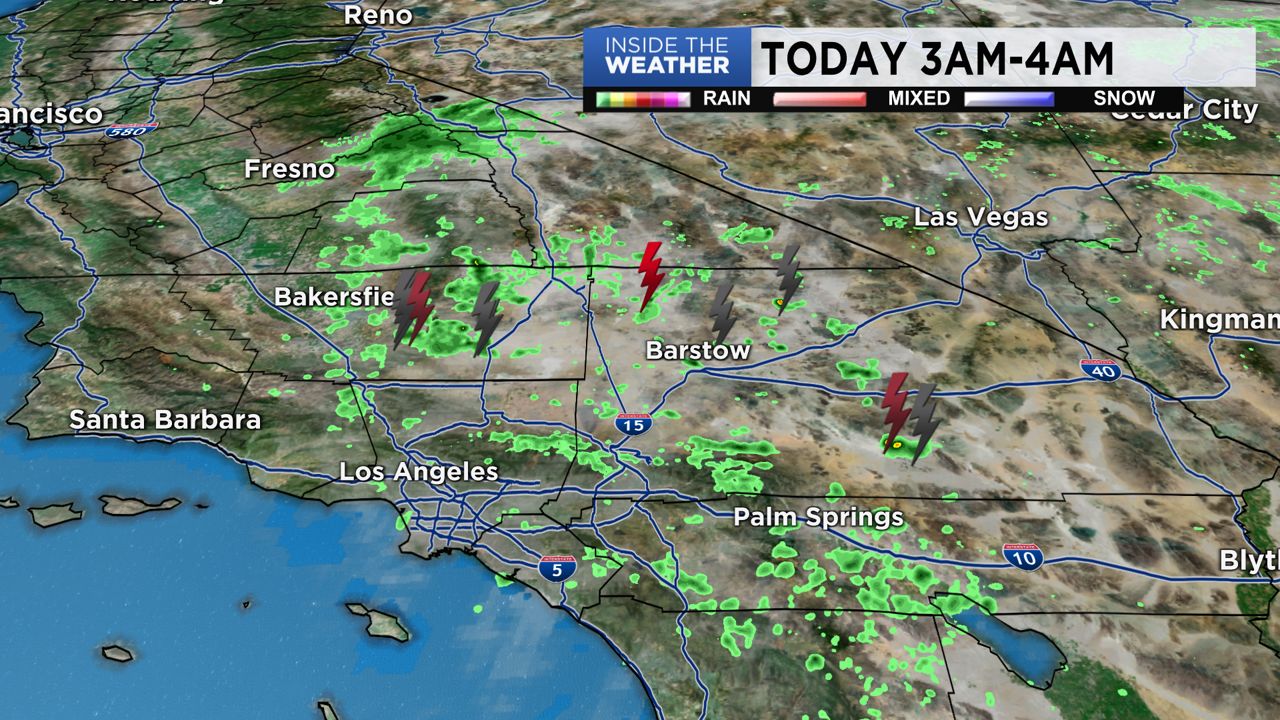
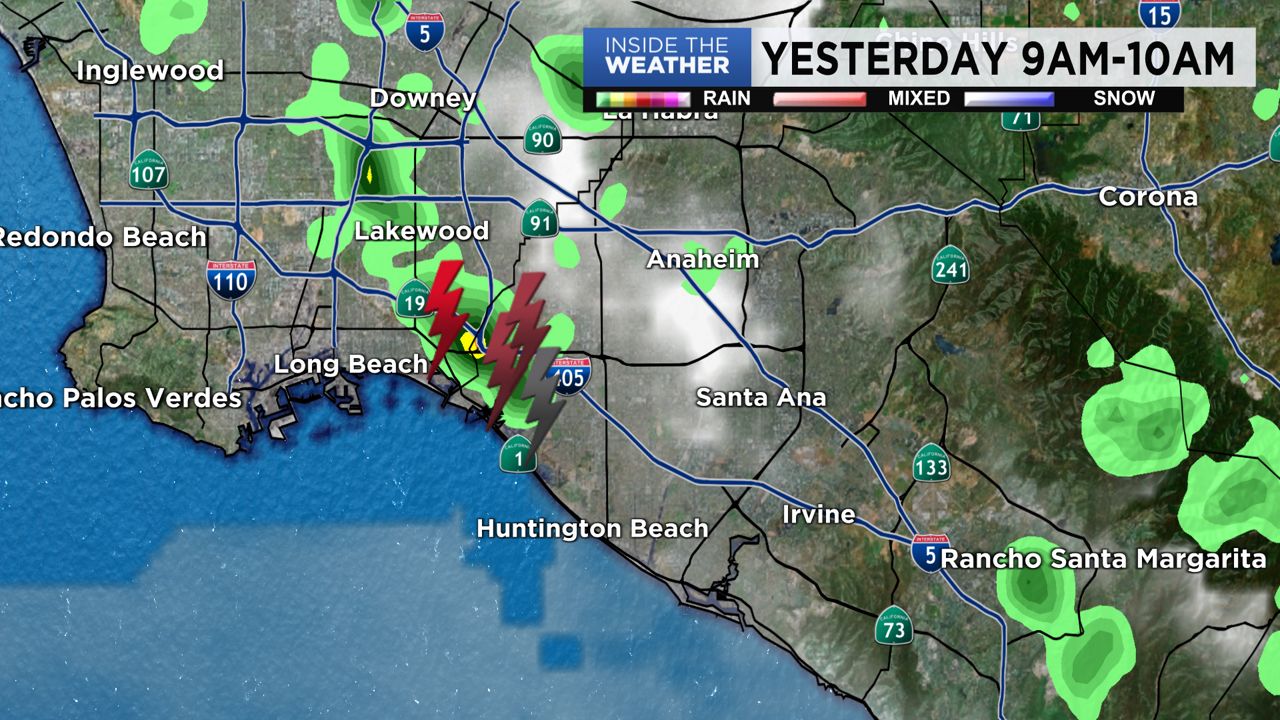
The extra humidity and instability made it into the region thanks to the same set-up that triggered a heatwave across the entire Southwest. The ridge essentially opened the door to an area of instability and the increased monsoonal moisture from the south and east.
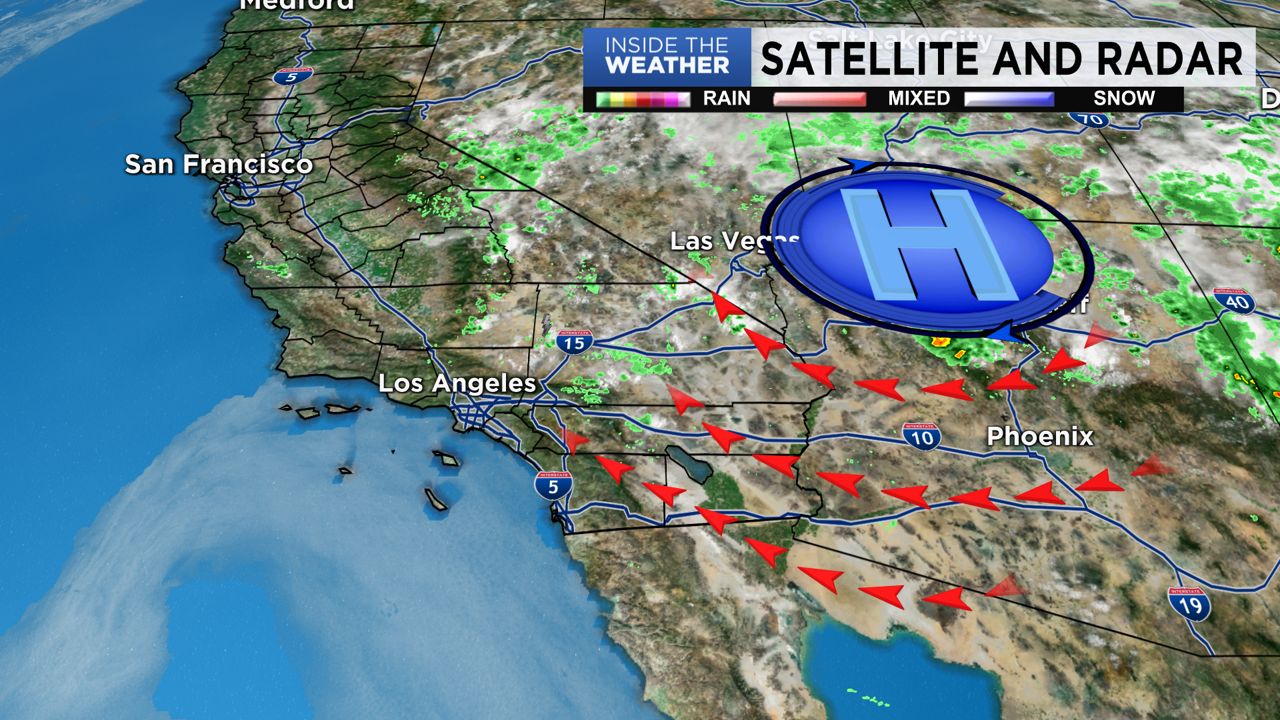
It's been so dry at the lower levels of the atmosphere that most of the rain evaporated before hitting the ground. The ridge of high pressure tracks west Saturday and that'll close the door to any shower chances and that'll continue to bring some relief over the Father's Day weekend, but not for all.
The mid to high level clouds that brought the additional moisture to SoCal also contributed to some extra spectacular sunrises and sunsets. Thank you to all who've shared their weather pictures.

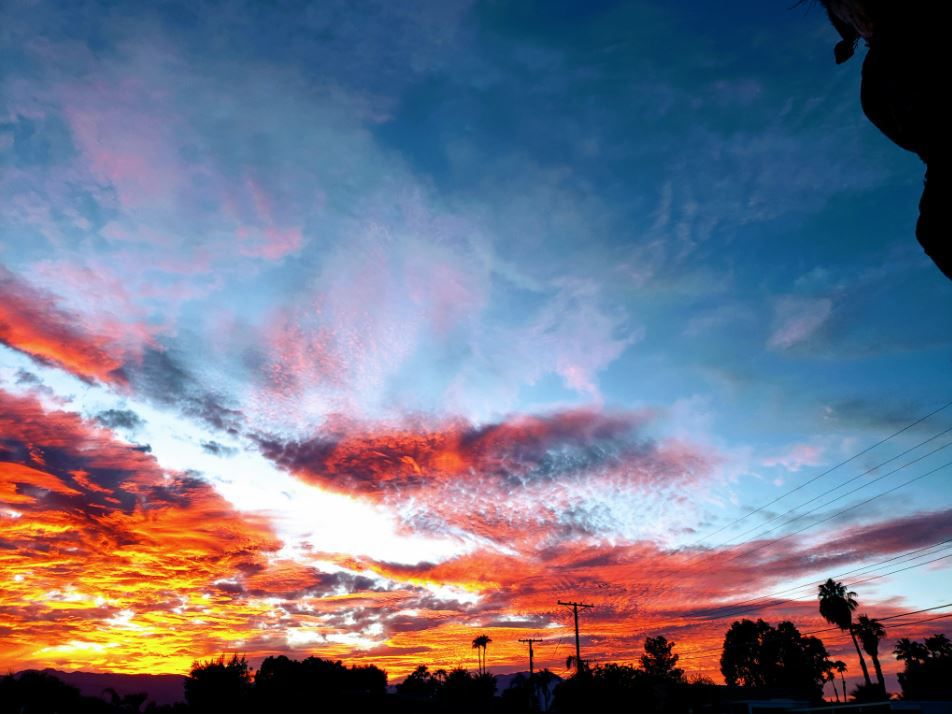
The extra mugginess and thunderstorms with lightning may be rare but aren't out of the ordinary for SoCal this time of year. July to September is usually the time of year when the Southwest Monsoon kicks in and we get a second chance to pick up some rain, especially in the mountains and deserts.
Unfortunately, the monsoon outlook for the next three months doesn't look good. The National Oceanic Atmospheric Administration's (NOAA) Climate Prediction Center (CPC) is forecasting a drier than normal monsoon this year.
